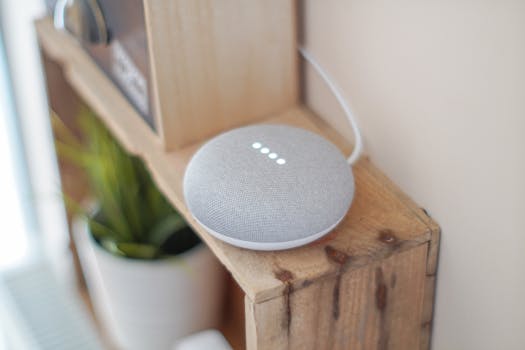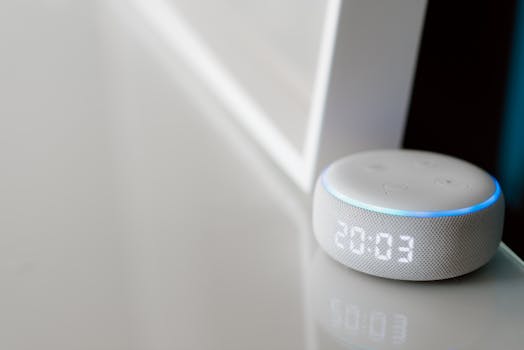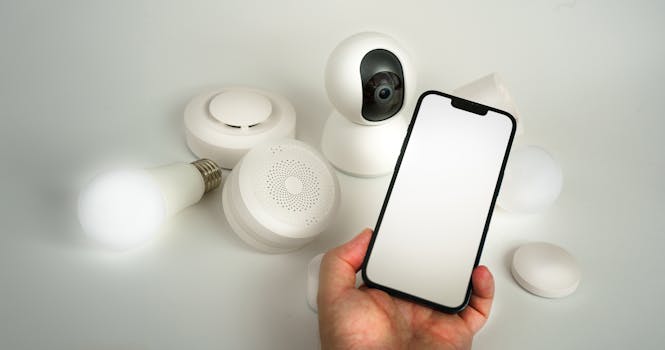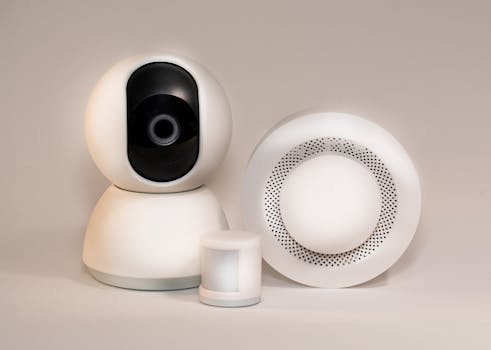Smart Homes 2025: The Rise of AI-Driven Devices
Smart Homes 2025: The Rise of AI-Driven Devices is revolutionizing the way we live and interact with our living spaces. With the increasing adoption of home automation and the Internet of Things (IoT), our homes are becoming more intelligent, efficient, and comfortable.
Introduction to Smart Homes

A smart home is a residence that uses advanced technologies, such as artificial intelligence (AI), machine learning (ML), and the Internet of Things (IoT), to automate and control various aspects of the home. This includes lighting, temperature, security, entertainment, and even household chores.
The concept of smart homes has been around for several decades, but it wasn’t until the rise of AI-driven devices that it became a reality. Today, we have a wide range of smart home devices, from smart thermostats and lights to security cameras and doorbells.
Benefits of Smart Homes

The benefits of smart homes are numerous. They include:
- Energy efficiency: Smart homes can optimize energy consumption by automatically turning off lights, electronics, and appliances when not in use.
- Convenience: Smart homes can be controlled remotely, allowing homeowners to adjust lighting, temperature, and security settings from anywhere.
- Enhanced security: Smart homes can detect and prevent potential security threats, such as intruders and fires.
- Improved comfort: Smart homes can learn and adapt to a homeowner’s preferences, ensuring a comfortable and personalized living experience.
AI-Driven Devices in Smart Homes

AI-driven devices are the backbone of smart homes. They use machine learning algorithms to learn and adapt to a homeowner’s behavior, preferences, and habits. Some examples of AI-driven devices in smart homes include:
- Smart speakers: Smart speakers, such as Amazon Echo and Google Home, use AI to understand and respond to voice commands.
- Smart thermostats: Smart thermostats, such as Nest and Ecobee, use AI to learn and adjust temperature settings based on a homeowner’s schedule and preferences.
- Smart security cameras: Smart security cameras, such as Ring and Nest Cam, use AI to detect and alert homeowners to potential security threats.
Challenges and Limitations of Smart Homes

While smart homes offer many benefits, they also pose several challenges and limitations. These include:
- High upfront costs: Smart home devices and systems can be expensive, making them inaccessible to many homeowners.
- Complexity: Smart homes can be complex and difficult to set up and maintain, especially for those who are not tech-savvy.
- Security risks: Smart homes can be vulnerable to cyber attacks and data breaches, compromising a homeowner’s personal and financial information.
Conclusion

In conclusion, Smart Homes 2025: The Rise of AI-Driven Devices is transforming the way we live and interact with our living spaces. With the increasing adoption of home automation and the Internet of Things (IoT), our homes are becoming more intelligent, efficient, and comfortable. While there are challenges and limitations to smart homes, the benefits far outweigh the drawbacks. As technology continues to evolve and improve, we can expect to see even more innovative and exciting developments in the world of smart homes.






